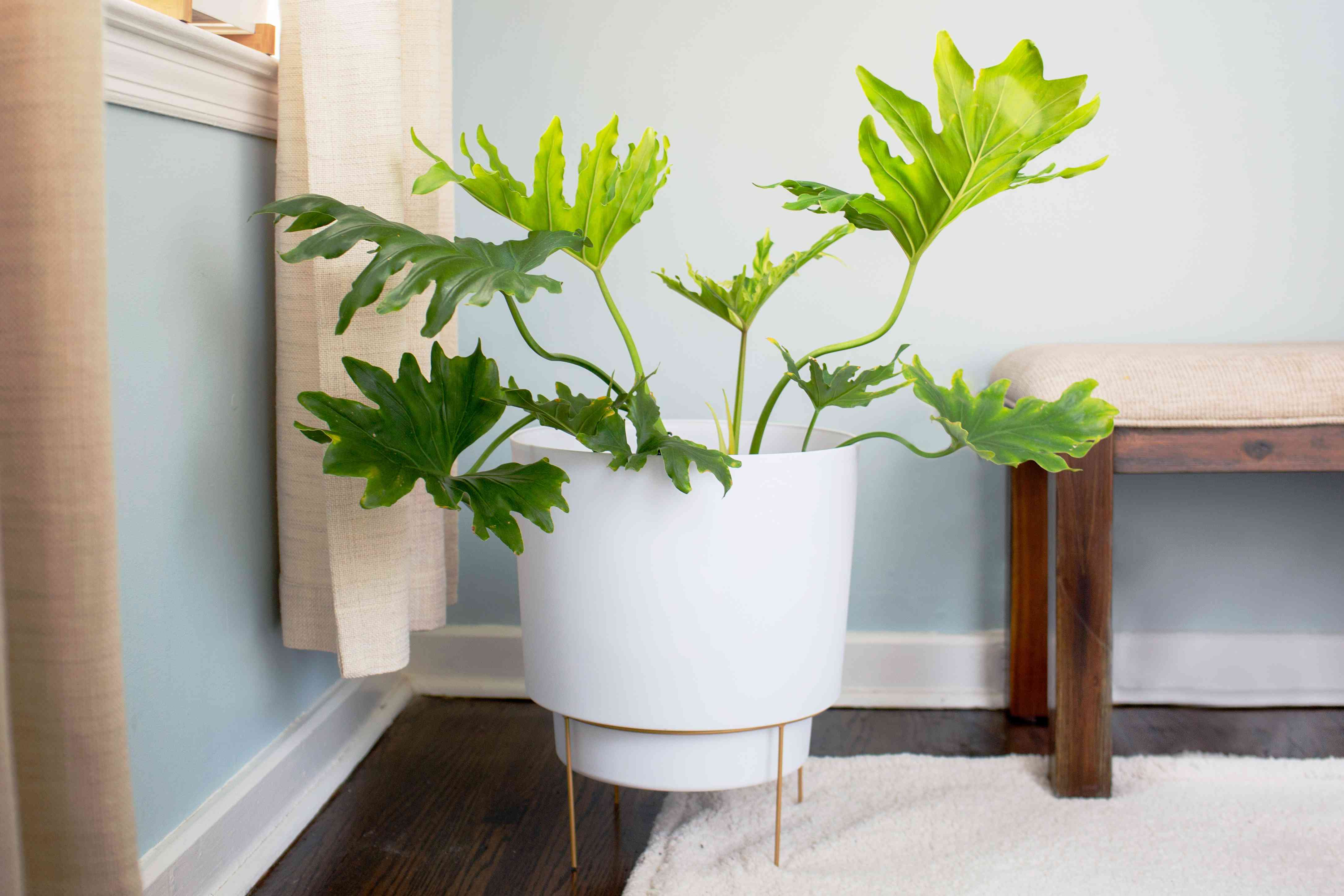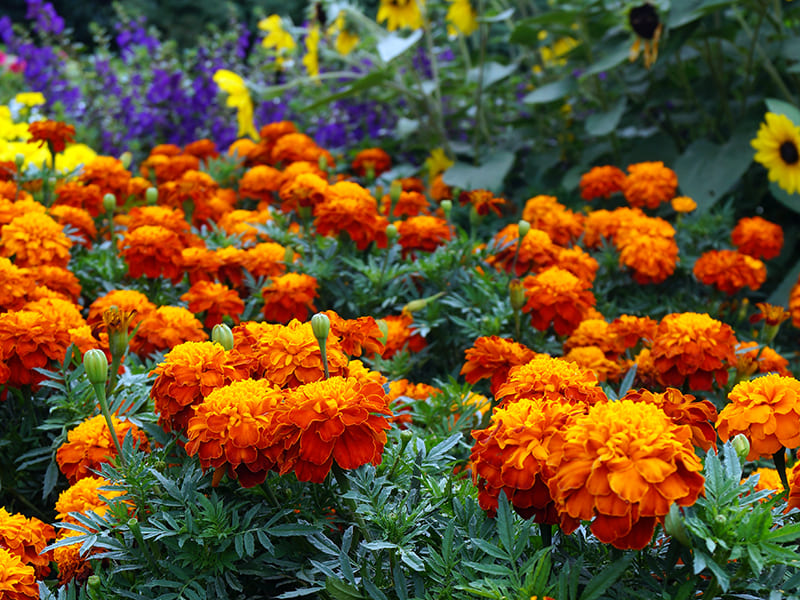“Good preparation is critical for your garden to survive the wilting effects of summer.”
Summer means different things to different gardeners. While some regions bake dry, for instance, the moist top end is revitalized by drenching storms. But for all of us, summer brings common challenges, such as dividing time and effort between keeping our gardens in good shape, and enjoying them during the summer holidays.
Take care of budding plants
Does your camellia drop its buds and flowers? As camellias initiate budding in summertime, sudden loss of buds and flowers is often a consequence of the plants drying out, particularly when they are growing in containers. Mulch and water deeply once or twice weekly during hot, dry weather to limit this common and irritating problem.
Help pots to stay cool
Potted plants, especially those in terracotta pots, are vulnerable to overheating. Lightly mulch and, where possible, position them out of hot sunshine. Remember that standing potted plants in saucers of water encourages root rot and mosquito breeding. Instead, stand them in saucers filled with sand, and keep the sand moist. This ensures roots stay cool and plants remain healthy. If potted plants dry out to the point where re-wetting is hard, soak them in a bucket of water for half an hour, then drain.
Water early to avert mildew
Water in the cool of the day. The best time is morning but, if you water in the afternoon, allow enough time for foliage to dry out before sunset. This reduces the risk of mildew and other fungi attacking leaves, and there’s less chance you’ll get caught by the evening shift of mosquitoes or sand flies. Mildew frequently attacks roses, pumpkin, melon, zucchini and cucumber. Spray plants weekly with a solution made from one part cow’s milk to 10 parts water. Repeat after heavy rain or irrigation. This remedy won’t reverse mildew damage, but it’s an effective preventative.
Add nutrients to the water
If you can only water occasionally, try to water plants deeply and use that opportunity to simultaneously feed and correct mineral deficiencies. Apply a soluble fertilizer with added seaweed. Water in potash around the base of fruit trees, especially citrus, banana and lychee, to improve fruit flavor and juiciness. The potassium in potash is also important for controlling anthracnose disease of avocado and mango, and it generally helps to improve plant vigor and resistance to foliar fungi.
Keep the lawn long and lush
Brown, bare, weed-infested lawns are symptoms of scalping, which means cutting lawns too low. It’s a misconception that cutting lawns low reduces the cutting frequency. Instead, mow lawns as high as your mower permits. Longer turf wears better, but most important of all, a thick sward suppresses pernicious weeds. Fresh lawn clippings are great for activating compost heaps and mulching shrubberies, but only when applied in a thin layer, up to 5cm deep, as thicker layers can burn leaves and encourage collar rot on trees and shrubs. Keep lawn lush by foliar feeding with seaweed tonic once monthly and applying one handful of poultry manure per square meter each season, before rain or irrigation. Allow two weeks for this to green your lawn – and for the odor to disappear before having a garden party!
Keep the water flowing
Check that hoses and irrigation systems are free of leaks, and unblock the nozzles. Clear debris from gutters so that every shower funnels extra water into your rainwater tank. Do you need another, bigger rainwater tank? Use mosquito mesh to stop mosquitoes and frogs from entering tanks and pipes.
Do hard work when it’s cool
It’s safer, and you’re more likely to do a better job, if you complete energetic work such as mowing in the cool of the day – either before 10am or after 4pm. A good drink of water and a smear of sun block are prerequisites, because that one five-minute job often leads to another, and another. Sun block takes 15 minutes to create its protective layer, so use that time to plan your day in the garden. Don’t forget your hat (or umbrella) and sunnies too, and if you do get burned, nothing beats the cooling, healing effect of fresh, home-grown juice of aloe vera. In a garden, a tea tree oil-based mosquito repellent is also essential. Save some light tasks, such as weeding or propagating, to complete in the comfort of a shady spot.
Protect new plantings
Freshly planted vegetable and flower seedlings are likely to need a bit of sun hardening. Shelter them with 50 per cent shade cloth, old net curtains, dead palm fronds, or leafy branches for a week or two. This helps them establish without harm.
Plan shade strategically
Northern boundaries may benefit from some extra shade, but will this make a solar panel or hot water system inefficient? Strategically placing a deciduous tree or some clumping bamboo to shield your house and garden from searing sunshine is often a better option.
Look out for pests
Most species are disinclined to attack household and garden timber. But be on guard for pest species and keep garden tools with wooden handles, hardwood stakes and other timber temptations off the ground. Avoid spreading woodchip closer than 1m to houses or timber sheds, and keep soil dry in this zone to help divert their foraging. Protect untreated timber, such as benches and garden bed edging, from decay. There are some non-toxic products around that are safe for making kids’ play equipment and raised veggie beds.
“If you can only water occasionally, try to water plants deeply and use that opportunity to simultaneously feed and correct mineral deficiencies.”
























